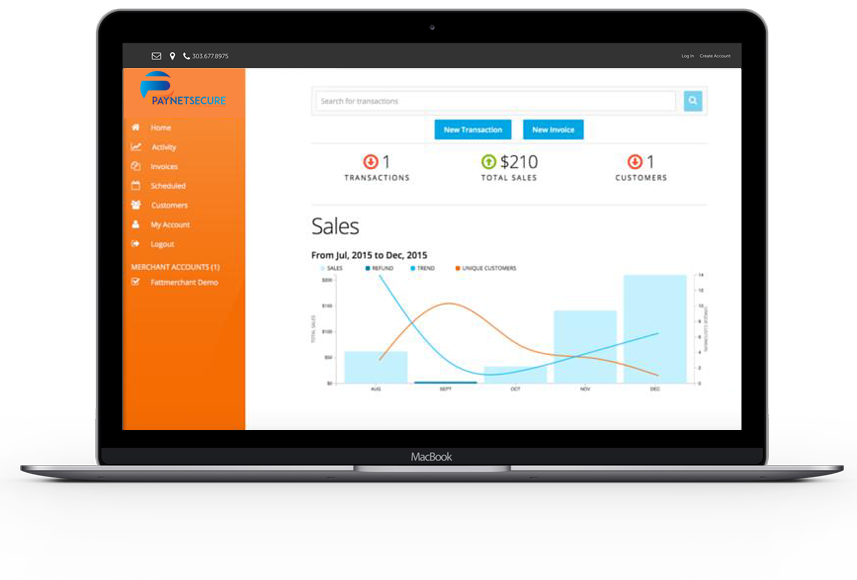Payment processing security is important to all businesses to guard against breaches and safeguard payment processing operations. Here are the top 10 best practices list to secure payment processing:
- Perform background checks on new employees and contractors before hiring. This is simply common sense. Yet, it’s amazing how many companies fail to perform the most basic background checks, creating serious vulnerabilities in internal security.
- Maintain internal and external software-security training and certification. Keeping software up to date and constantly updating security training for all employees is vital to safe payment processing.
- Keep a common software-development life cycle across payment applications and make sure all new software versions are PA-DSS compliant.
- Continually conduct vulnerability detection tests and code reviews against common weaknesses. If you are not identifying weaknesses, you can be sure cybercriminals will do it for it.
- Be sure to not store payment processing card data unless absolutely necessary. If necessary, you must comply with the PCI regulations. Most companies find it more cost-efficient simply offload this burden to PCI certified payment gateways and processors using tokens and other encryption methods.
- If a payment processing breach does occur, notify all affected customers in a timely fashion.
- Implement an installer, integrator and training and certification program that enforces adequate data-security processes.
How are you protecting your payment processing?
Contact info@paynetsecure.net
